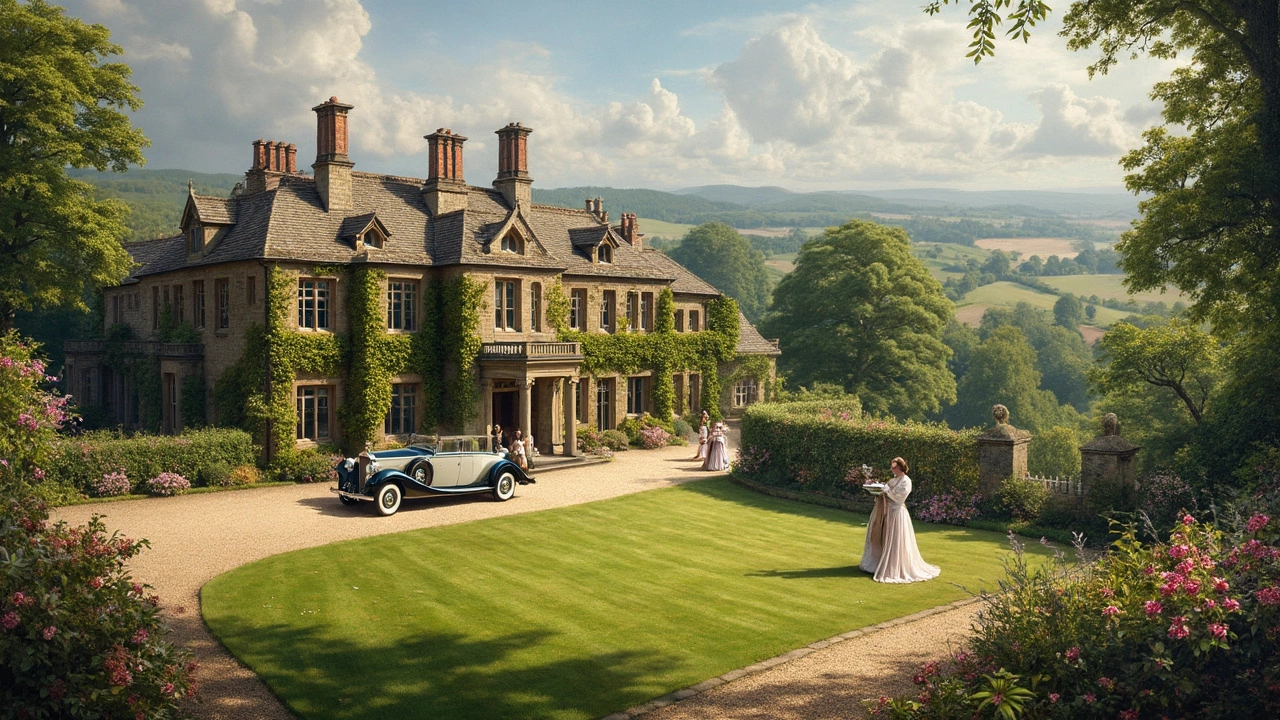History of Hotels: From Ancient Inns to Modern Stays
Ever wondered why a hotel feels so familiar yet constantly different? The answer lies in centuries of change. People have always needed a place to rest, eat, and feel safe when they left home. Over time, those basic shelters turned into the varied accommodations we know today. This guide walks you through the biggest moments that shaped the hotel world, so you can see why your favorite stay looks the way it does.
Early Beginnings: Where Travelers First Found a Bed
Long before skyscrapers, travelers relied on inns, monasteries, and caravanserais. In ancient Greece and Rome, roadside taverns offered a simple mattress and a bowl of soup. These spots were more than just places to sleep; they were social hubs where merchants exchanged news and ideas. By the Middle Ages, monasteries opened their doors to pilgrims, providing free meals and dormitory‑style rooms. The first true “hotel” emerged in 18th‑century Europe, especially in cities like Paris and London, where wealthy guests expected private rooms, staff service, and finer meals.
What set these early hotels apart was the shift from communal sleeping mats to private chambers. That change meant travelers could enjoy privacy, better security, and a more personalized experience. It also sparked a new business model: charging for extra comforts like heated water and ornate décor. The idea of paying for a tailored stay planted the seed for modern hospitality.
Mid‑Century Shifts: The Rise of Business and Leisure Hotels
Fast forward to the 20th century, and two forces reshaped hotels dramatically. First, the rise of the automobile and later the airplane created a new class of travelers who needed quick, reliable lodging near highways, airports, and city centers. Chains like Holiday Inn standardized rooms, bathrooms, and breakfast options, making it easy for anyone to know what to expect wherever they stopped.
Second, the post‑World War II boom sparked a surge in leisure travel. People started vacationing more often, and hotels responded with amenities like swimming pools, on‑site restaurants, and conference halls. Business travel added another layer of demand: fast Wi‑Fi, work desks, and meeting rooms became must‑haves. By the 1980s, boutique hotels entered the scene, offering a unique design and local flavor instead of the cookie‑cutter look of big chains.
Today, technology drives the latest evolution. Mobile check‑in, keyless room entry, and AI‑powered concierge services are becoming standard. Sustainability is also a game‑changer, with many hotels adopting eco‑friendly practices to attract green‑mind‑ed guests. All these trends trace back to the core idea that a hotel should adapt to the traveler’s needs, whether that need is a warm bed, a place to work, or a memorable experience.
Understanding the history of hotels helps you appreciate the little details—like why your room has a minibar or why free Wi‑Fi is a given. Each feature is the result of centuries of trial, error, and innovation. So next time you book a stay near the Peterborough Arena, you’ll know you’re stepping into a tradition that started with a simple inn and has grown into a global industry focused on comfort, convenience, and community.
The First Country House Hotel: Origins and Evolution
Ever wondered how the concept of a country house hotel came to be? The first country house hotel paved the way for a unique kind of lodging that combines elegance and rural charm. This article explores the origins of the very first country house hotel and its evolution over time. You'll discover intriguing stories and practical insights on how these historic homes became havens for travelers.
